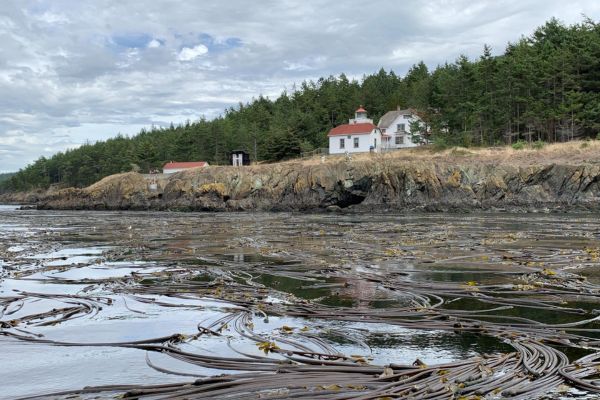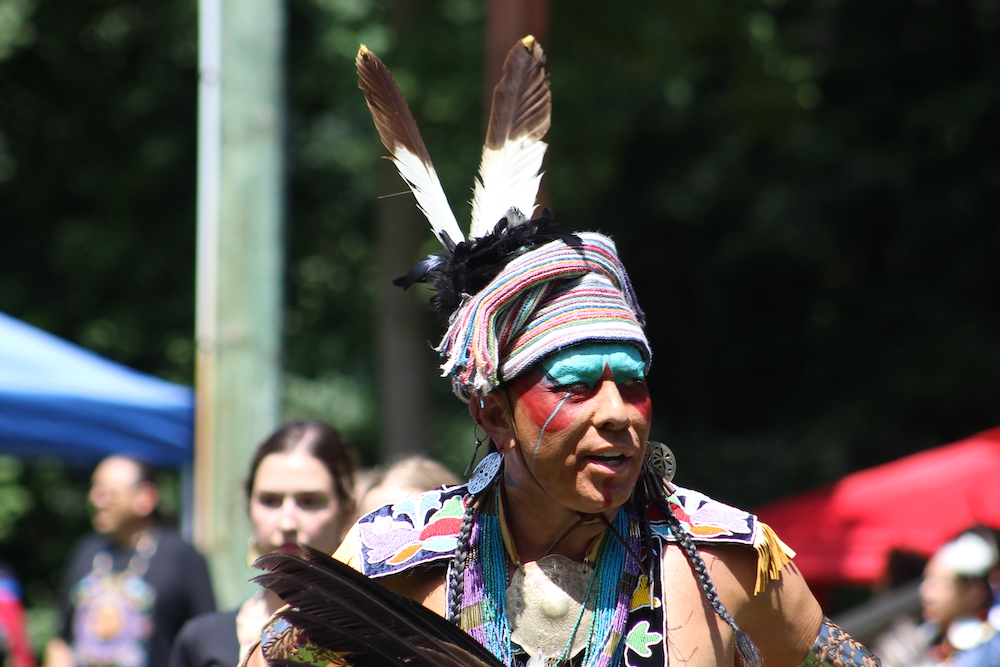Xavier Medina Vidal, University of Texas at Arlington
Mon, November 13, 2023
THE CONVERSATION

Claudia Sheinbaum, the favorite to become Mexico's first female president. AP Photo/Marco Ugarte
Mexico will elect its first female president in 2024, barring any surprises between now and the June vote.
The looming landmark moment was all but guaranteed in September after the country’s leading parties each nominated a woman as its candidate – the ruling Morena party named former Mexico City Mayor Claudia Sheinbaum as its nominee days after the main opposition coalition, Broad Front for Mexico, announced Xóchitl Gálvez, a senator for the center-right National Action Party, as its own.
But as scholars who study politics and gender in Mexico, we know that optics are one thing, actual power another. Seventy years after women won the right to vote in Mexico, is the country moving any closer to making changes that would give women real equality?
Uneven fight for gender equality
Women now represent half of Congress, after electoral reforms nearly a decade ago mandated gender parity in nominations to Mexico’s legislatures. And two women, Ana Lilia Rivera and Marcela Guerra Castillo, occupy the top posts in both chambers of Congress. Meanwhile, Norma Lucía Piña is the first woman to serve as chief justice of Mexico’s Supreme Court.
But electing women to high office doesn’t necessarily shift power in meaningful ways. It’s what experts on women in politics call “descriptive representation” – when political leaders resemble a group of voters but fail to set policies designed to protect them. In contrast, “substantive representation” occurs when officials enact laws that truly benefit the groups that they claim to represent.
Scholars who study the difference between the two, including Sonia Alvarez, Mala Htun and Jennifer Piscopo, have found that wins in public spheres, such as the right to vote or hold office, have rarely led to progress for women in private spaces – such as the right to reproductive freedom or protections against domestic violence.

Members of feminist organizations demonstrate in favor of the decriminalization of abortion in Mexico City on Sept. 28, 2023. Photo by Silvana Flores/AFP via Getty Images)
In other words, Mexico may have surpassed many countries – including the U.S. – in promoting women to political leadership positions, but it still hasn’t shed its stigma of machismo and its history of authoritarianism.
In the 1990s, a resurgent feminist movement throughout Latin America led to major breakthroughs in women’s rights. By the end of the decade, many countries had passed legislation against gender-based violence and reforms requiring gender quotas in party nomination lists. In the past 17 years, seven women have been elected president across Central and South America.
Yet the fight for gender equality has advanced unevenly. Mexico is a country still rattled by high rates of femicide. Government data shows that, on average, 10 women and girls are killed every day by partners or family members.
Government accused of harassment
During his term, the current president, Andrés Manuel López Obrador, and his party, Morena, have been accused of downplaying the extent of the femicide crisis, with at least one critic claiming he’s “the first president to outright deny” the violence.
Rather, López Obrador has used his daily “mañanera” news conference to issue verbal assaults against women in office, including 2024 nominee Gálvez. In July 2023, the independent National Electoral Institute found López Obrador guilty of targeting Gálvez in derogatory statements related to her gender.
López Obrador has also denounced Supreme Court chief justice Piña in what Mexico’s National Association of Judges has described as hate speech and the federal judiciary condemned as “gender-based violence” and hatred against her. His statements at a rally in March incited his followers to burn Piña in effigy, prompting critics to suggest that such attacks don’t simply reflect López Obrador’s distaste for checks and balances, but aim to undermine women in positions of power.
Mexico’s patronage politics
Observers view current 2024 front-runner Sheinbaum as López Obrador’s handpicked successor: He has publicly endorsed her, and she has vowed to continue his “fourth transformation,” a campaign promise to end government corruption and reduce poverty that’s had mixed results.
Sheinbaum’s record as mayor of Mexico City has been equally mixed. She has publicly described herself as a feminist and has criticized state prosecutors for covering up the killing of Ariadna Lopez, a 27-year-old woman. At the same time, Sheinbaum attempted to criminalize participants of a mass protest against the thousands of women who’ve disappeared in recent years, claiming that these demonstrations were violent.
Political scientists have shown that even when the faces of politics change, the operatives behind the scenes can stay the same – especially in Mexico, where political parties are mired in patronage politics – when party leaders reward loyalty by deciding who gets to run for office and who gets to keep their jobs when the government is handed over to a new administration.
If Sheinbaum is elected, she’ll likely still be beholden to the Morena coalition and will rely to a large degree on López Obrador to help push through her policies.
A feminist future?
Both Sheinbaum and Gálvez have championed women and shared their experiences as women on the campaign trail. But, so far, neither has signaled that her legislative agendas would advance the interests of women through policies, such as expanding access to health care or fighting for family leave and equal pay in the workplace.
As criticism of López Obrador has overshadowed Sheinbaum’s campaign, we believe she faces a greater challenge in convincing voters of her commitment to women’s rights.
While Gálvez’s path to the presidency is narrow, her ability to advocate for a pro-women agenda seems more plausible. She has publicly supported LGBTQ+ rights in Mexico even as a member of the conservative National Action Party, suggesting she’s capable of speaking and acting independently of party leadership when it matters.
Aside from front-line politics, women’s rights in Mexico have moved forward when leaders have committed to substantive change.
Notably, Mexico’s Supreme Court under Pinã has declared all federal and state laws prohibiting abortion unconstitutional. When Piña took office, she promised to take on women’s rights in her agenda. So far, she’s delivered.
If either presidential candidate hopes to have similar success, they’ll need to follow Pinã’s lead by centering their platforms around the issues that most affect women in their day-to-day lives, beginning with rising femicide rates. Women may be gaining political power in Mexico, but the question now is whether they’ll use it to fight for the women they represent.
This article is republished from The Conversation, a nonprofit, independent news organization bringing you facts and analysis to help you make sense of our complex world.
It was written by: Xavier Medina Vidal, University of Texas at Arlington and Christopher Chambers-Ju, University of Texas at Arlington.
Read more:



















